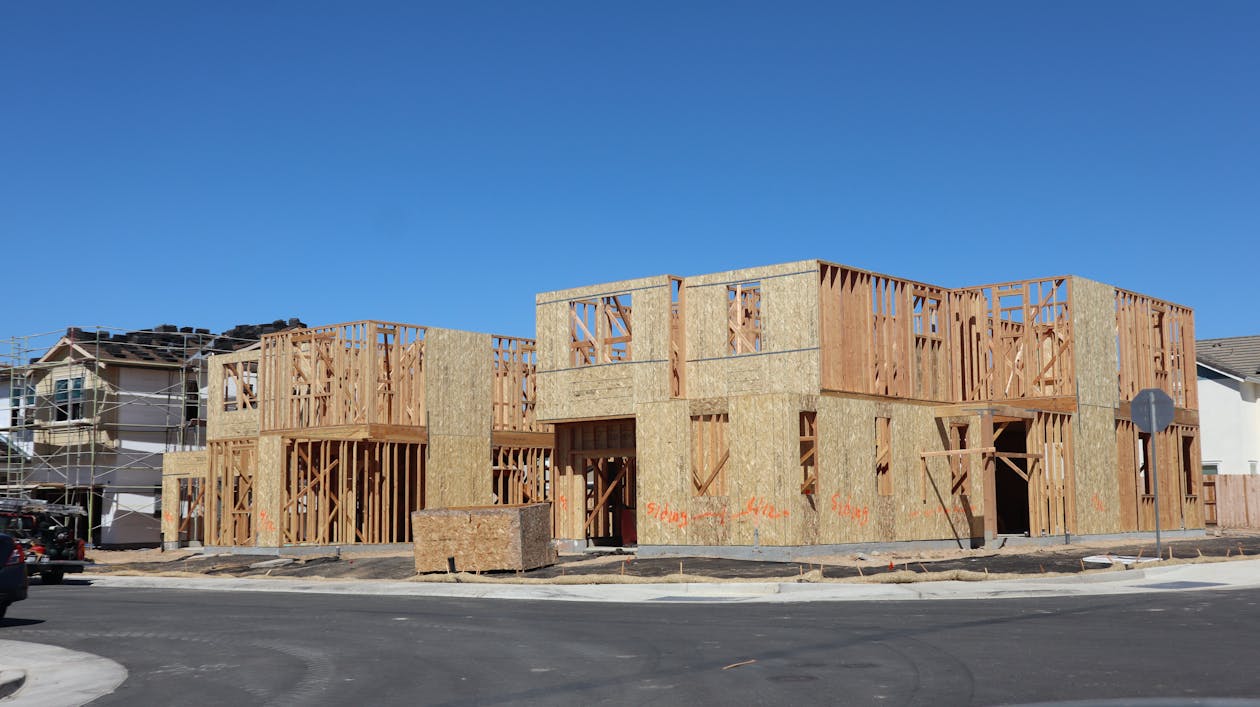Investment in building construction across Canada experienced a downturn in July 2024, according to recent data released by Statistics Canada. The report shows a 1.7% decrease from June, bringing the total investment down to $20.9 billion. This drop follows two consecutive months of growth in May and June. Despite the monthly decline, the overall year-over-year growth was still notable at 7.0%.
The residential sector, which forms the majority of the investment, witnessed a sharp decline in July, dropping 2.2% to $14.6 billion. This decrease equates to $330 million less in investment from the previous month, highlighting a slowdown in housing market activities. Both single-family and multi-unit residential constructions contributed to the contraction.
Single-family home investment, a critical component of the housing market, fell by 2.2%, a $148.9 million drop from June, reaching $6.7 billion. Eleven provinces and territories recorded decreases, reflecting a widespread weakening in the market. Saskatchewan and Nunavut were the only regions to buck the trend, posting slight gains of $6.4 million and $1.2 million, respectively.
Multi-unit construction, including apartments and condominiums, also faced challenges, decreasing by 2.2% or $181.1 million, settling at $7.9 billion. Quebec was hit hardest, with a $184.3 million decrease after two months of strong growth in May and June. Ontario, however, partially offset this decline with a gain of $105.6 million, demonstrating regional variability in housing investment.
Non-residential construction, which includes commercial, industrial, and institutional buildings, saw a modest decrease of 0.4%, dropping to $6.3 billion in July. This sector showed more resilience compared to the residential market but was still affected by various economic factors.
Investment in the industrial sector experienced a more significant decline, down 2.1% to $1.3 billion, marking its fourth consecutive month of losses. Quebec and Ontario led the decline with reductions of $13.1 million and $12.0 million, respectively. All provinces and territories except Alberta, which posted a slight $2.0 million increase, saw decreases in this sector.
The commercial sector, which includes office buildings, retail spaces, and other business infrastructure, saw a minor reduction of 0.4%, falling by $11.7 million to $3.2 billion. While Quebec and Alberta recorded the largest decreases, British Columbia saw a modest gain of $6.0 million, highlighting some regional strength in commercial investment.
The institutional sector was the only bright spot in July, posting a 0.8% increase to $1.8 billion. This growth suggests ongoing investment in public facilities, such as schools, hospitals, and government buildings, despite broader economic pressures on the construction industry.
Despite the monthly setback, the overall year-over-year investment in building construction remains robust. In constant dollar terms (2017=100), investment grew 3.9% year over year, though it fell 1.9% from June to July.
The current trends suggest a cooling in the housing market, influenced by rising interest rates and economic uncertainty. However, the non-residential sector, particularly institutional projects, offers some signs of continued growth.
The regional differences in investment are stark. Quebec, which had seen significant growth earlier in the year, faced the largest declines in both residential and non-residential sectors. Ontario, while experiencing some reductions, particularly in industrial investments, managed to post gains in multi-unit residential construction. Alberta, on the other hand, demonstrated resilience in the industrial sector while seeing declines in commercial investment.
These regional disparities reflect broader economic shifts across the country. Factors such as provincial economic policies, housing demand, and resource sector fluctuations all play a role in shaping the investment landscape.
The upcoming months will be crucial for the industry, with stakeholders watching closely to see whether the July decline marks the beginning of a sustained downturn or a temporary blip in what has otherwise been a period of growth.

